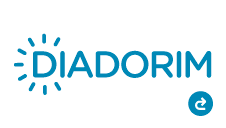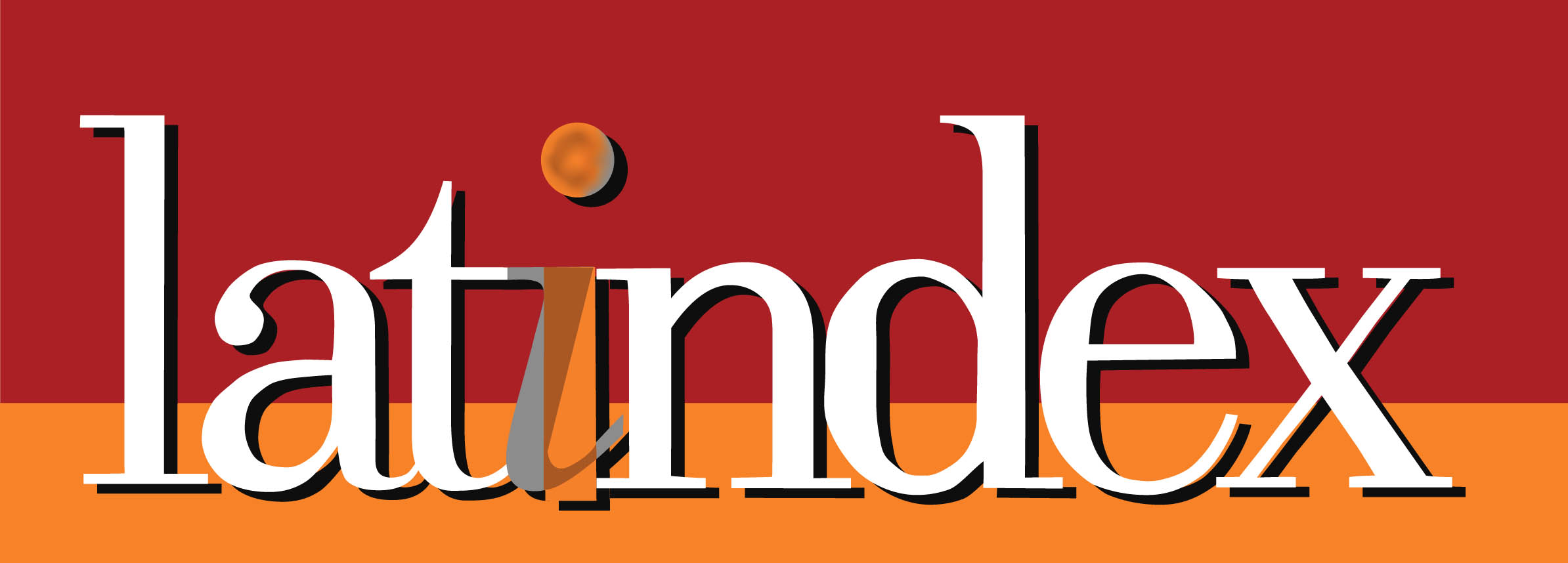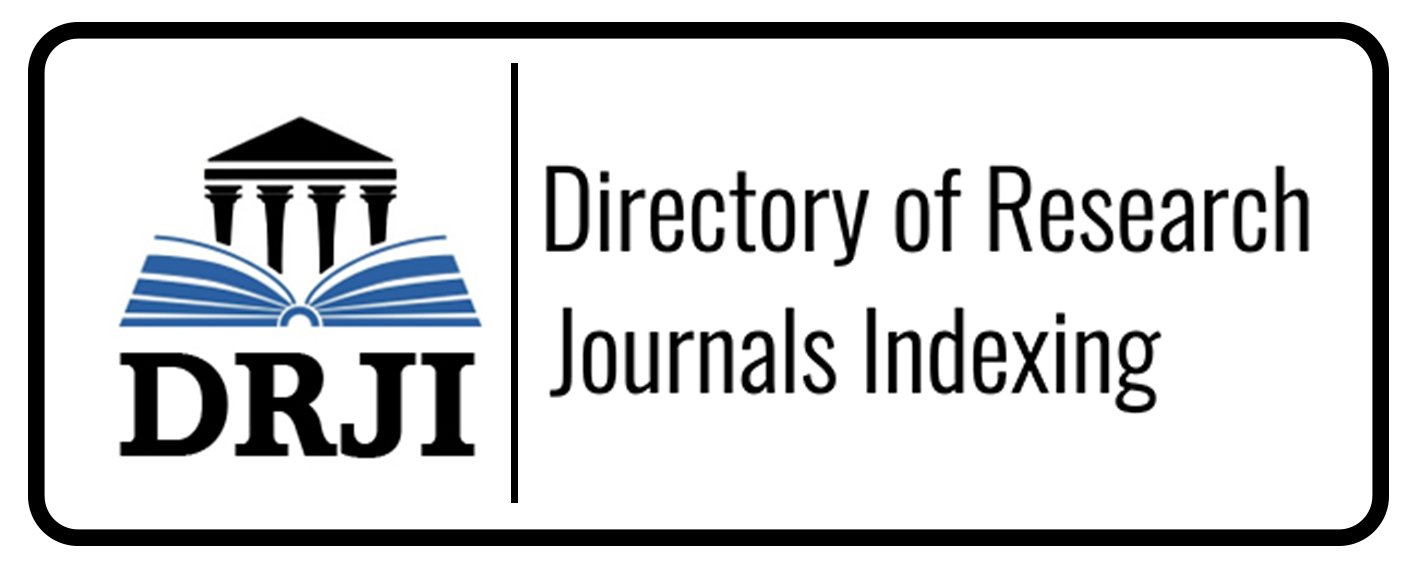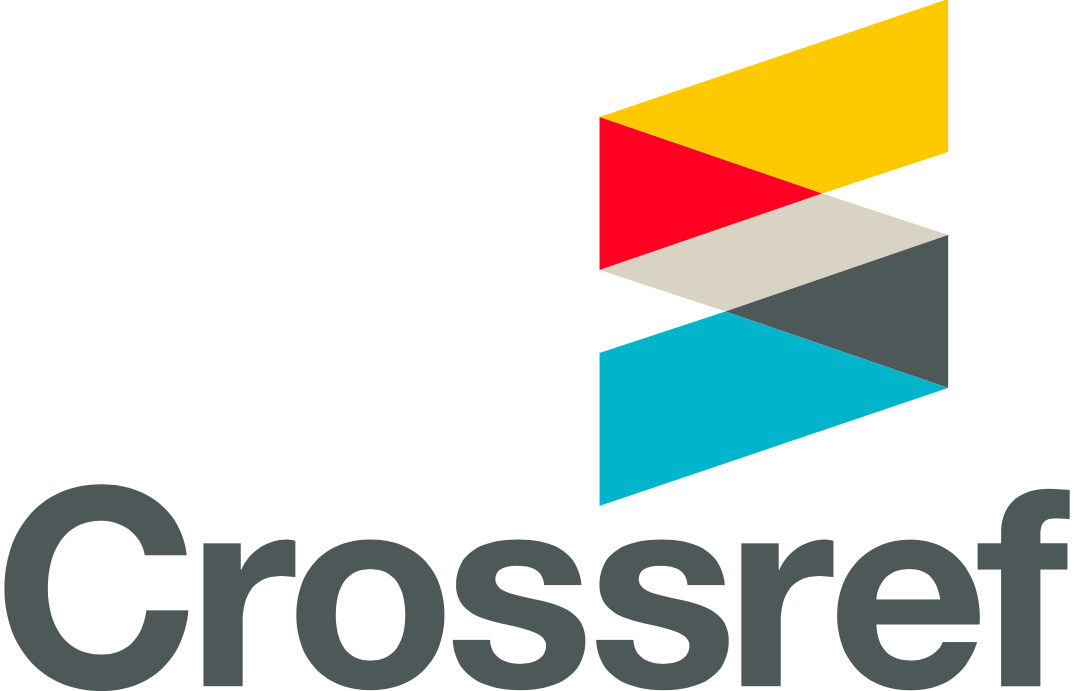Submissions
Submission Preparation Checklist
As part of the submission process, authors are required to check off their submission's compliance with all of the following items, and submissions may be returned to authors that do not adhere to these guidelines.- Have the following data at hand, from each author, to enter during the manuscript submission process: full name, home institution, academic background (or mini resume), email and ORCID ID.
- Ensure that the contribution is original and unpublished, and that it is not being evaluated for publication by another journal; otherwise, it must be justified in "Comments to the editor".
- Ensure that the submission file is in Microsoft Word, OpenOffice or RTF format and that its text and metadata do not have indications of its authorship.
- Make sure that the text is set to A4 size page, 2 cm margins on all sides with 1.5 pt line spacing; to use Times New Roman font, size 12; that is using italics instead of underlining (except in URL addresses); and that the figures and tables are inserted in the text, not at the end of the document in the form of attachments.
- Ensure that the text follows the style standards and bibliographic requirements described in Authors Guidelines.
- The review of the English language (spelling and grammar) and the translation of titles and abstracts into Portuguese and Spanish were carried out by qualified professionals.
- Where available, URLs for references have been provided.
- Have at hand the supplementary submission documents: Approval by the Ethics Committee or "Declaration of non-involvement of Human Beings in Research", "Declaration of Responsibility and Transfer of Copyright"; and the "Conflict of Interest Statement".
Editorial
Text under the responsibility of the Editor-in-Chief of the Magazine, its Editorial Committee or professionals invited by him.
Original article
Contributions designed to disseminate results of original and unpublished research, with the possibility of replication. They must comply with the principles of objectivity and clarity of objectives, hypotheses and guiding question and obey the following textual structure: introduction, method, results, discussion, conclusion or final considerations. Limited to 15 pages (including graphs, charts and tables), except abstracts and references (maximum 25).
Revisions
Narrative review articles: these are broad publications, without systematic methodology/search criteria, as they do not aim to exhaust the sources of information, or critical analysis, being subject to the subjectivity of the authors. They are qualitative analyzes on the "state of the art" of a particular subject published in books or articles, under the theoretical-contextual point of view of the same, as a way of quick update. They consist of: Introduction, Development (text divided into sections defined by the author with titles and subtitles according to the approach to the subject), Comments and References. Limited to 15 pages (including graphs, charts and tables), except abstracts and references (maximum 25).
Narrative review articles: these are broad publications, without systematic methodology/criteria of search, as they do not aim to exhaust the sources of information, or critical analysis, being subject to the subjectivity of the authors. Basically, they are qualitative analyzes on the "state of the art" of a particular subject published in books or articles, under the theoretical-contextual point of view of the subject, as a way of quickly updating it. They consist of: Introduction, Development (text divided into sections defined by the author with titles and subtitles according to the approach to the subject), Comments and References. Limited to 15 pages (including graphs, charts and tables), except abstracts and references (maximum 25).
Integrative review or scope review articles: research that presents the synthesis of multiple published studies and allows general conclusions about a particular area of knowledge, carried out in a systematic and orderly manner that contributes to the deepening of the knowledge of the investigated topic. It is necessary to follow standards of methodological rigor, clarity in the presentation of results, so that the reader can identify the real characteristics of the studies included in the review. Stages of the integrative review: identification of the theme and selection of the hypothesis or research question for the preparation of the study, establishment of criteria for inclusion and exclusion of studies / samples, or search in the literature, definition of the information to be extracted from the selected studies / categorization of studies, evaluation of studies included in the review, interpretation of results, presentation of the review / synthesis of knowledge. Limited to 15 pages (including graphs, charts and tables), except abstracts, and have no limit on references.
Systematic review articles: research conducted through the synthesis of results from original studies that aim to answer a specific question of relevance to health. The systematic review may be characterized by meta-analysis and / or meta-synthesis, depending on the type of methodological approach of the manuscript and the purpose of the study. The methodological procedures must be detailed in all the steps recommended by the primary framework adopted (for example PRISMA). Limited to 15 pages (including graphs, charts and tables), except abstracts, and have no limit on references.
Reflection Article
Discursive formulations, with theoretical, historical and philosophical basis on the state of the art in which a given subject is found. They must present the argumentation and interpretation of the author (s) of the article in the face of the debated thought. They are limited to 15 pages (including graphs, charts, tables and references), except abstracts, and must contain a maximum of 25 references.
Experience Reports
Or Case Reports, are descriptive and contextualized contributions based on a case, experience or innovation, and may be in the area of care, teaching or research. In the case of a clinical case report, it is mandatory to send the approval report of the Research Ethics Committee Involving Human Beings as a supplementary document. They are limited to 15 pages (including graphs, charts, tables and references), except abstracts, and must contain a maximum of 25 references.
Review
Reviews of classic and contemporary works are accepted, as well as doctoral theses. The review must contain a maximum of 4 pages and must come with the title (bold and lower case) in English, Portuguese and Spanish and the reference of the reviewed book. It should present a description of the content of the work, elucidating for the reader the main assumptions and theoretical-methodological foundations of the same, as well as possible criticisms of the approach supported by the author.
Copyright Notice
The copyright for articles published in this magazine belongs to the respective author (s), with first publication rights assigned to Revista Chronos Urgência. As they appear in this publicly accessible journal, the articles are free to use, with mandatory recognition of the original authorship and initial publication in this magazine and for educational and non-commercial applications. The magazine grants the authors the rights to download, copy, print, share, reuse and distribute, provided that it is for educational and non-commercial use, citing the source and granting due copyright.
The journal will allow the use of published works for non-commercial purposes, including the right to submit the work to publicly accessible databases. Published articles are the sole and exclusive responsibility of the authors, including their opinions:
The author (s) authorizes the publication of the article in the journal;
The author (s) guarantee (s) that the contribution is original and unpublished and that it is not being evaluated in another magazine (s);
The magazine is not responsible for the opinions, ideas and concepts emitted in the texts, as they are the sole responsibility of its author (s);
The editors reserve the right to make textual adjustments and adapt the article to the publication's rules.
Respecting the authors' writing style, and with a view to maintaining the journal's linguistic standard and credibility, it reserves the right to make the necessary normative, orthographic and grammatical changes to the originals, respecting, however, the style of authors' writing.
Changes, corrections or suggestions of a conceptual nature will be sent to the authors, when necessary. In such cases, the articles, after being adequate, should be submitted to a new appreciation.
Revista Chronos Urgência is licensed under a Creative Commons Attribution-NonCommercial 4.0 International License.
This license allows others to remix, adapt and create from their work for non-commercial purposes, and although new works must be given due credit and cannot be used for commercial purposes, users do not have to license these derivative works. under the same terms.
Plagiarism Policy
The magazine adopts the CrossRef system to identify plagiarism and or similarity. For plagiarism, it is considered to copy a study, or part of it, by another author or even by its own publication (self-plagiarism). For more information on plagiarism, access the link http://www.dsce.fee.unicamp.br/~antenor/Plagio.pdf
The authors will assume the consequences of any nature resulting from the breach of the obligations indicated in these editorial rules. In cases where plagiarism is incurred, the Editorial Coordination will follow the following procedures: a) the evidence of the detected plagiarism will be sent to the author (s), requesting an explanation about it; b) if the answer is not satisfactory, the article will not be published; and c) if applicable, the media in which the original plagiarized article was published will be informed.
The assumptions of plagiarism are: a) presenting others' work as yours; b) adopt the words or ideas of other authors without due recognition; c) do not use quotation marks in a literal quote; d) paraphrase from a source without mentioning it; e) abusive paraphrase, even if the source is mentioned. The general assumptions of scientific fraud are as follows: a) fabrication, falsification or omission of data and plagiarism; b) duplicate publication; and c) conflicts of authorship. All accepted papers are submitted to plagiarism detection software.
Privacy Statement
Revista Chronos Urgência follows the Privacy and Personal Data Protection Policy for browsing its website. The names and addresses given in this magazine will be used exclusively for the services provided by this publication and will not be made available for other purposes or to third parties.
What are cookies?
A cookie is a small text file that a website saves on your computer or mobile device when you visit the website. It allows the site to remember your actions and preferences (such as login, language, font size, and other display preferences) over a period of time, so you don't have to retype them every time you return to the site or browse from one page to another.
How do we use cookies?
- So that your display preferences, such as language, contrast color or font size settings, are registered in the navigation throughout Revista Chronos Urgência;
- To control the request rate - limiting data collection if there is high traffic;
- To generate general and statistical data about the visitor and his/her browsing session on the pages of Revista Chronos Urgência;
- To count and track page views; and
- To remind Revista Chronos Urgência if you have agreed (or not) with the use of cookies on this website.
Activating these cookies is not strictly necessary for the website to function, but it will provide you with a better browsing experience. You can delete or block these cookies, but if you do, some features on this website may not work as expected.
The information related to the cookie is not used to identify you personally and the standard data is completely under our control. These cookies are not used for any purpose other than those described here.
How to control cookies
You can control and/or delete cookies as you wish. You can delete all cookies that are already on your computer and you can set most browsers to prevent them from being placed. If you do, however, you may have to manually adjust some preferences whenever you visit Chronos Urgency Magazine and some services and features may not work.





















